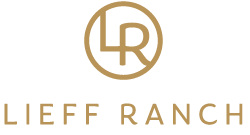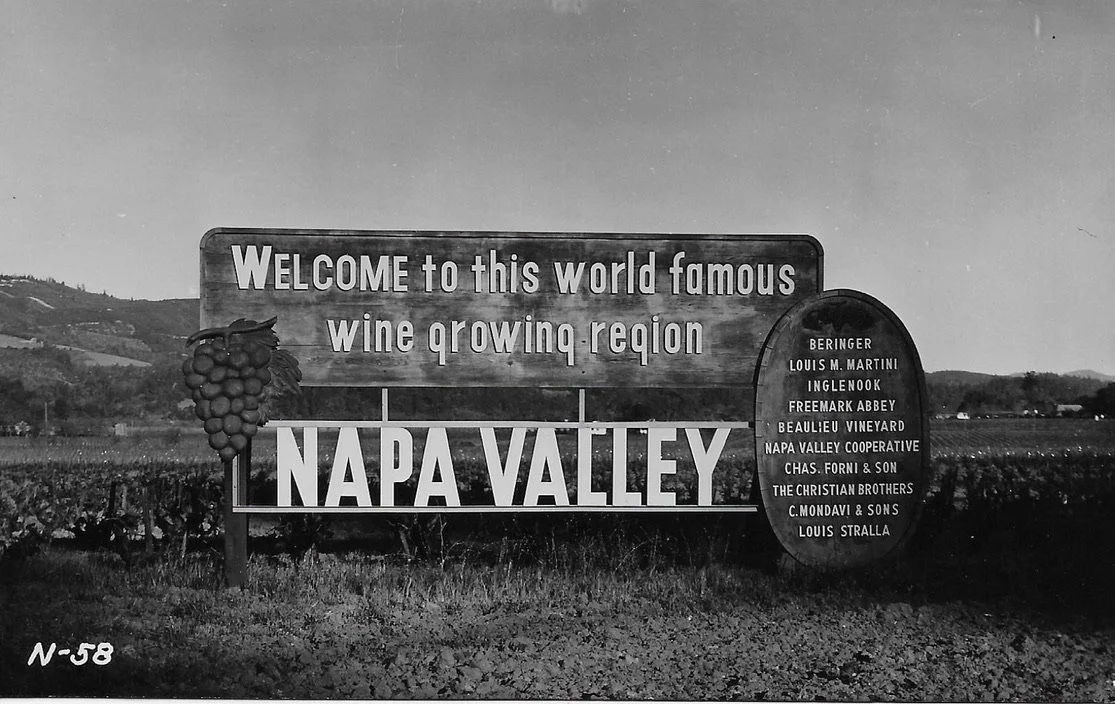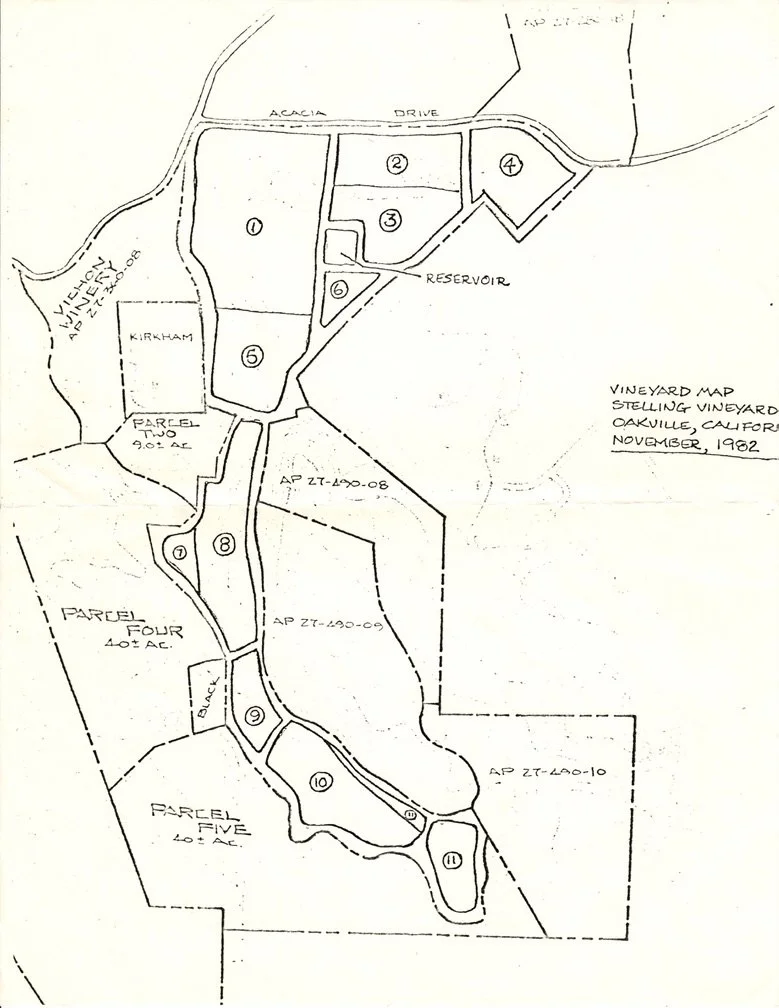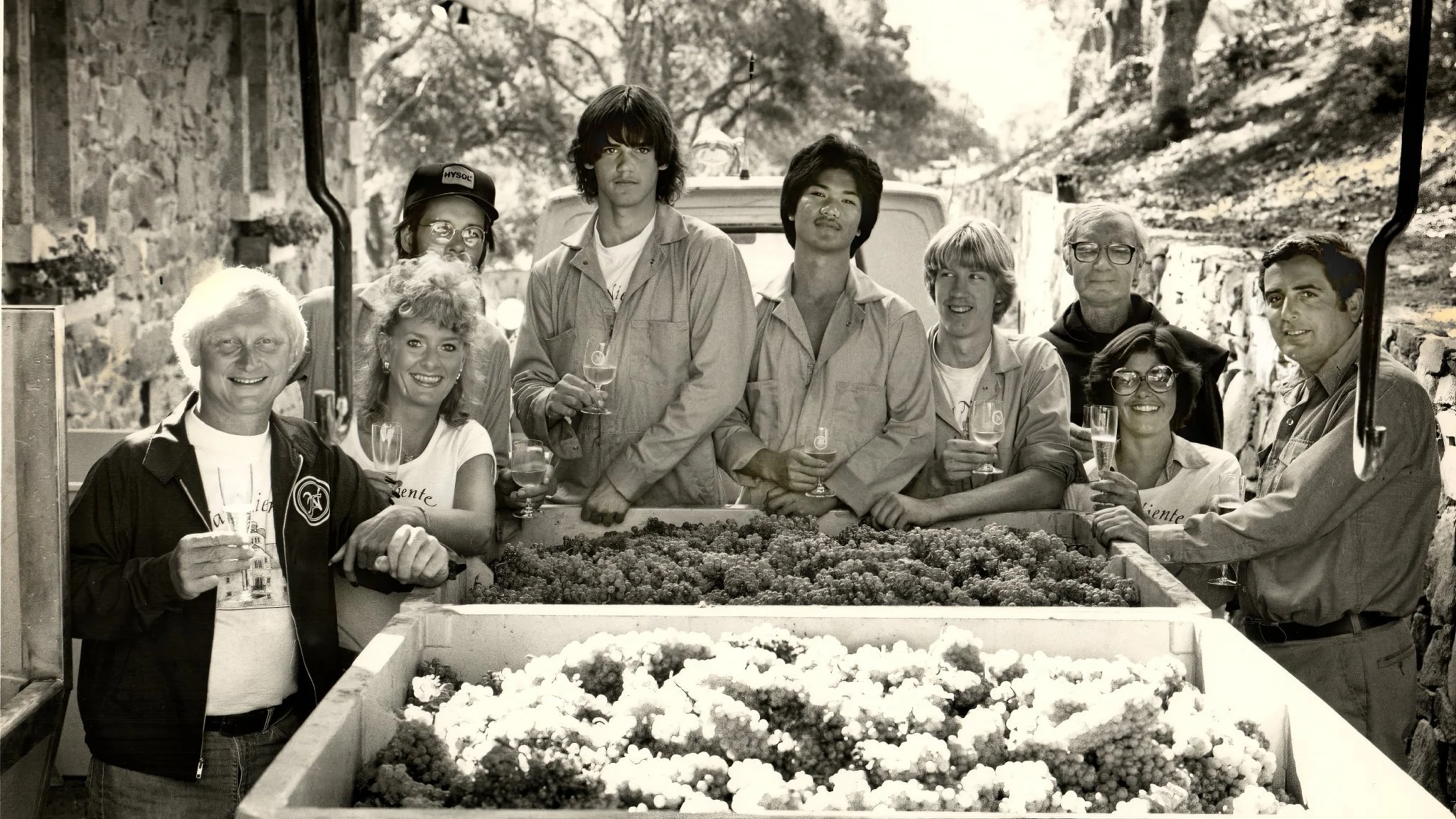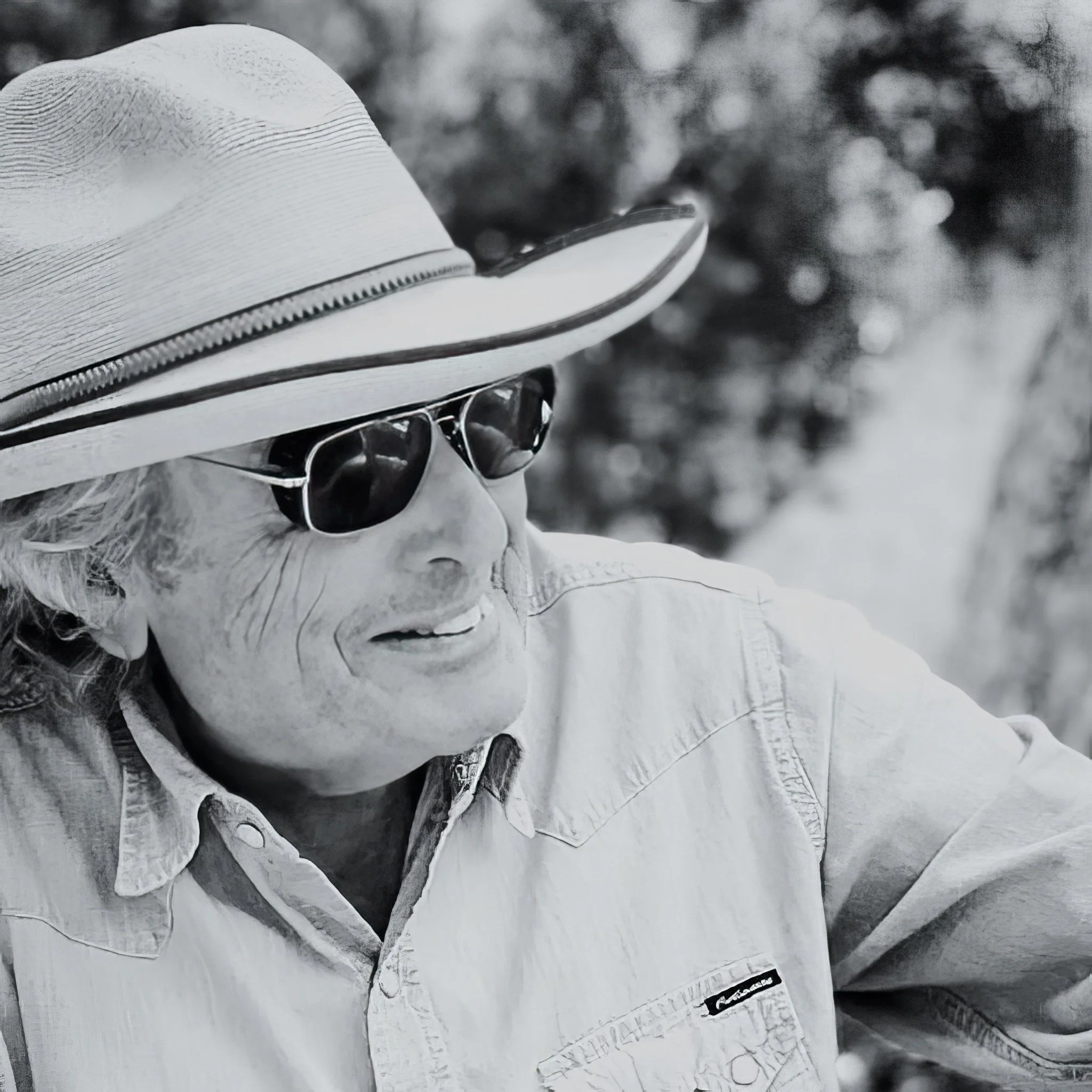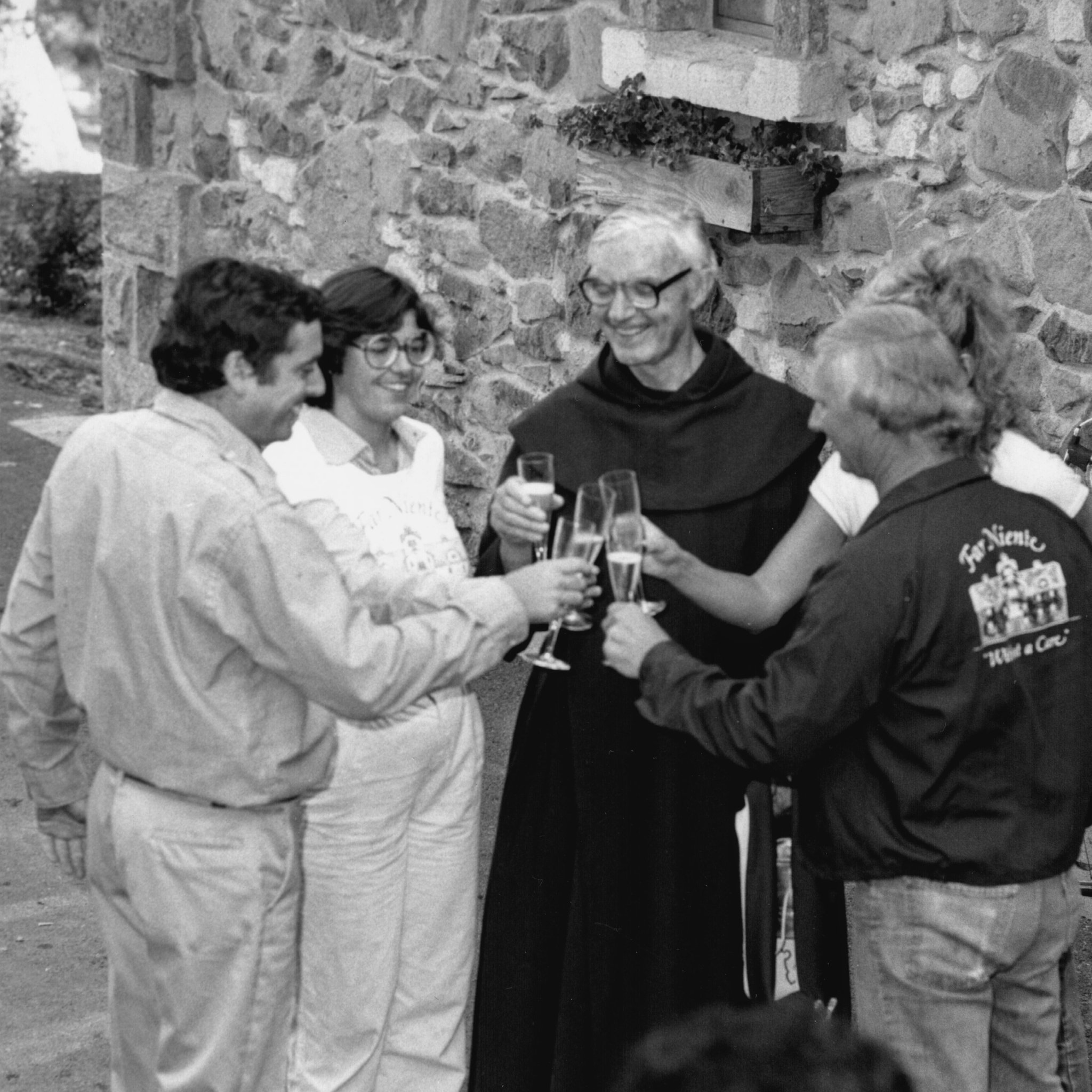history Of LiEFf
Robert Lieff’s roots in Napa go deeper than most:
From Vinography, June 2009 —
“As a bright-eyed young lawyer in 1966, Lieff managed to get himself a job working for Melvin Belli, who, at the time, was one of the most prominent lawyers in Northern California. Together, they began work on a legal case that in its resolution, would literally define some of the most famous vineyards in America.
The project was litigation of a trust, where the main asset was 4000 acres in the heart of Napa Valley held by the Stelling family. As the case wound down, chunks of this land were spun out and sold off to become what are now household names in Napa, at least to anyone who knows wine. To Kalon, Screaming Eagle, Harlan Estate, Bond, and even the iconic Robert Mondavi Winery, all were purchased out of this chunk of land that Lieff and Belli spent almost a decade wrangling about in court.
Hand drawn map of Stelling Vineyards
Key to vineyard map (above)
Vinography, June 2009 —(cont’d)
In the process of all this litigation, Lieff became friends with Doug Stelling, and when Doug ended up getting 12 acres alongside Highway 29 in Napa, Lieff became his partner and together they founded a winery that would be called Far Niente. This particular plot of land wasn’t anything special at the time, and included an old farm house that couldn’t even charitably be called decrepit. It was completely overgrown with ivy, and had been for so long, that when Lieff and Stelling dragged the ivy off by tying it to their pickup trucks, the local planning and zoning commission sent them a letter telling them they were going to be fined for putting up a building without a permit.
That old farmhouse is now one of the most picturesque of Napa’s historic landmarks (placed on the Registry of Historic Buildings by Robert Lieff) and Far Niente and its sister winery, Nickel & Nickel, are some of the valley’s most recognized brands.
Blessing of Far Niente first harvest, 1977, with Robert Lieff (right),
Gil Nickel (left) and Carmelite priest (in background)
Vinography, June 2009 —(cont’d)
Lieff sold his interest in Far Niente to his partners in 1984, but by that time, he had been bitten by the vineyard bug. From the early 1970’s onward, Robert Lieff lived a strange double life. During the week he was building one of the country’s most successful plaintiff law firms, and on the weekends he was planting vines and coaxing a 1940’s tractor through his vineyards.
Lieff is now well known for his part in building the firm Lieff Cabraser but his closet affection for wandering around in vineyards led to him partially owning several more wineries over the years, and perhaps more importantly, owning and personally farming a small vineyard in Kenwood. (1977 - 1983 This vineyard was “DANRON” named for his children, Daniel and Cameron.) He took viticulture classes at U.C. Davis Extension, and tried to learn as much as he could about how to run a vineyard. In the process, Lieff got to know a lot of people in the wine business, including, most notably, the legendary André Tchelistcheff, with whom he traveled through Bordeaux, and alongside whom he was inducted into a fraternal order known as the Commanderie du Bontemps Medoc et Graves.
Vinography, June 2009 —(cont’d)
Lieff lived in Napa on and off starting in about 1980, and in 1997 he purchased a 22 acre property on the eastern hills of Napa’s Rutherford appellation where he had architect Scott Johnson build him an award winning house. This property was the first arable land Lieff had owned in Napa in some time, and he wasted no time getting vines in the ground. Not with any intention of making wine, mind you, simply with the idea that it would be nice to have some vines around to hang out with and to be able to sell some grapes to neighbors and friends.”
Proposed winery by architect Stanley Saitowitz.
In 2013, Robert placed a conservation easement on the 22-acre Rutherford property. This prevented, in perpetuity, any additional buildings, vineyards, or winery. This conservation easement reduced the value of the property, but more importantly protected the land in perpetuity.
